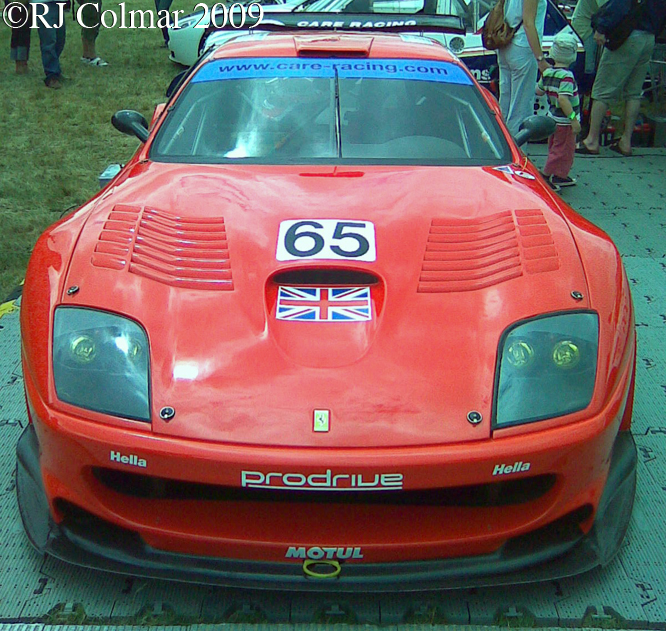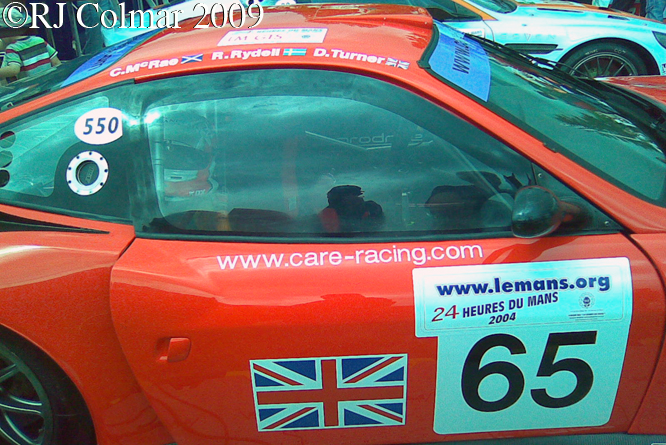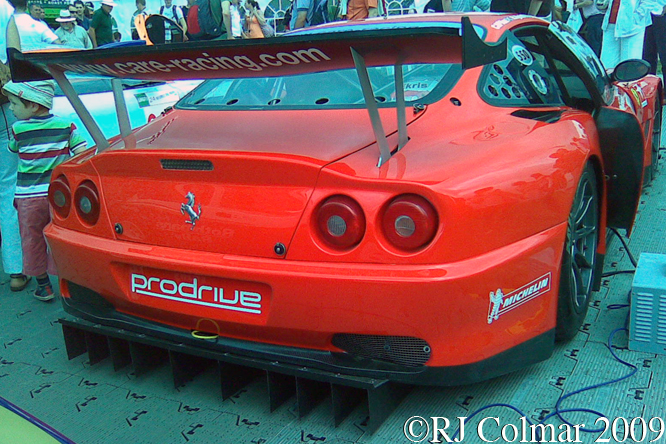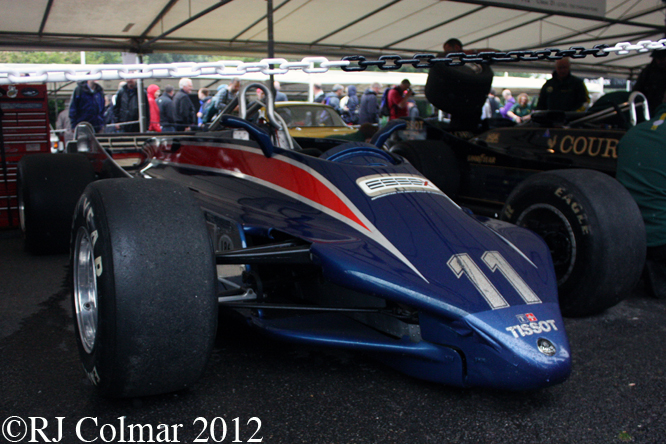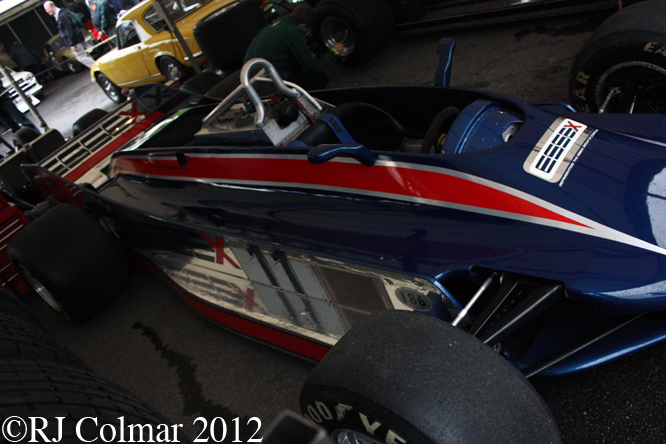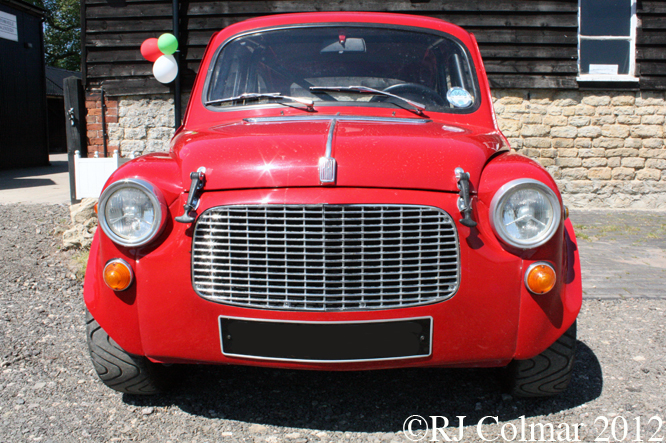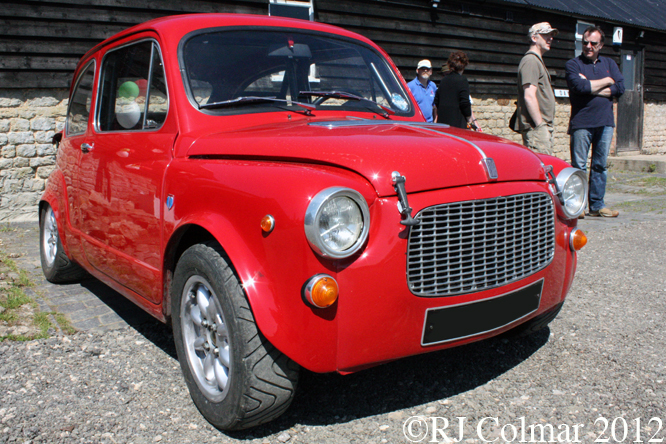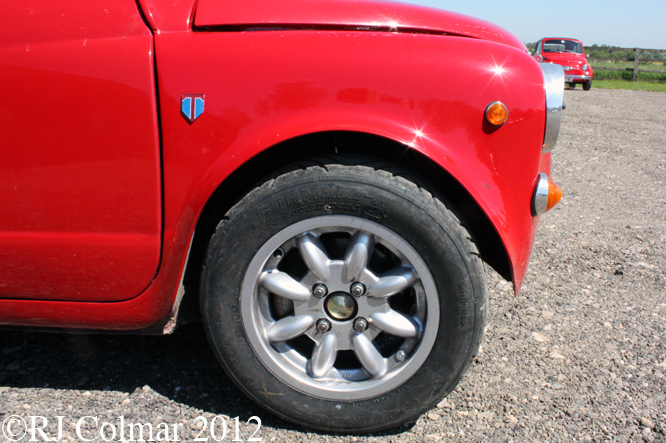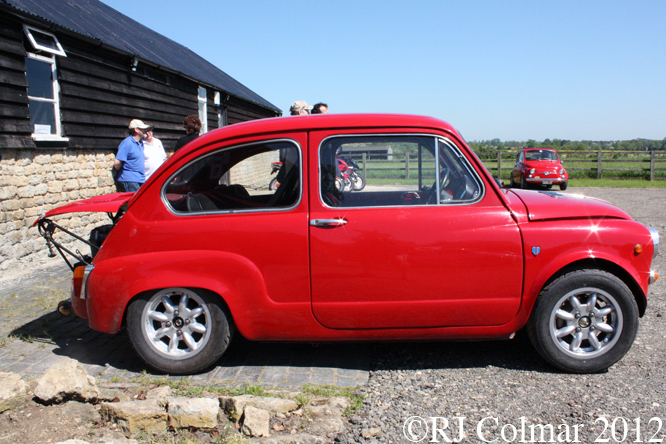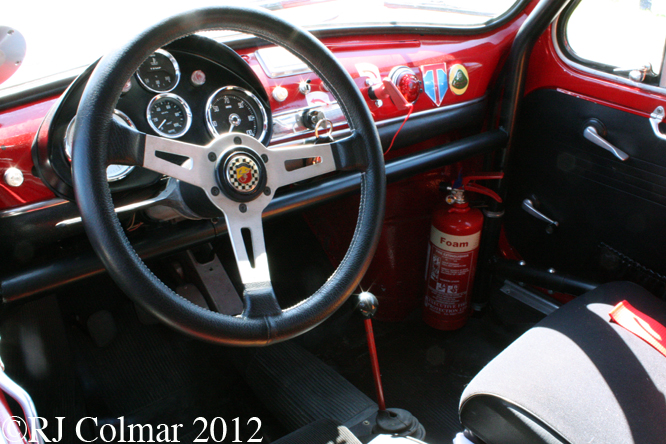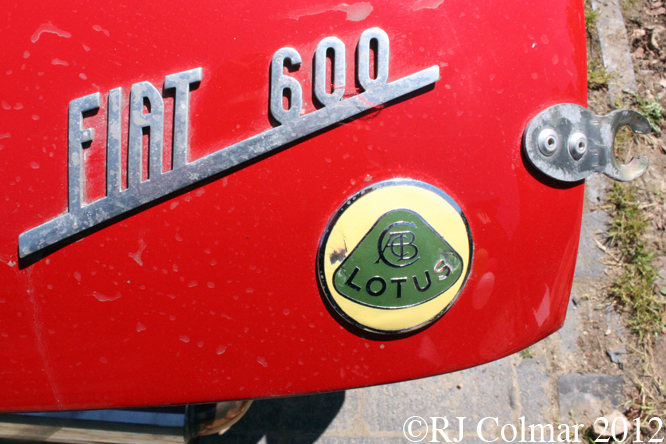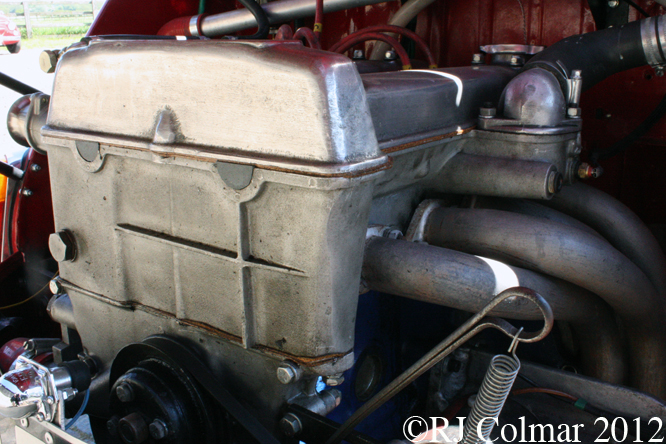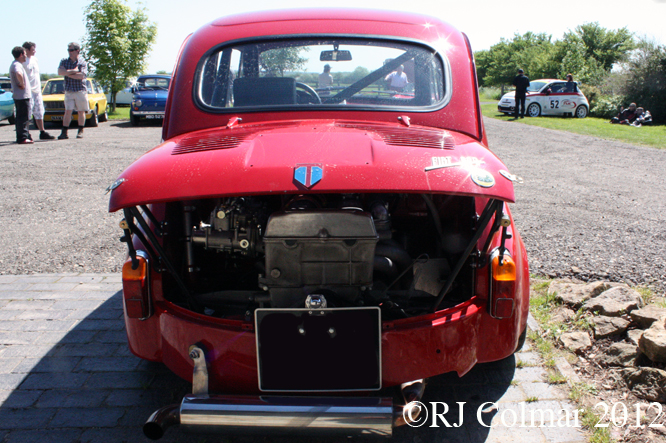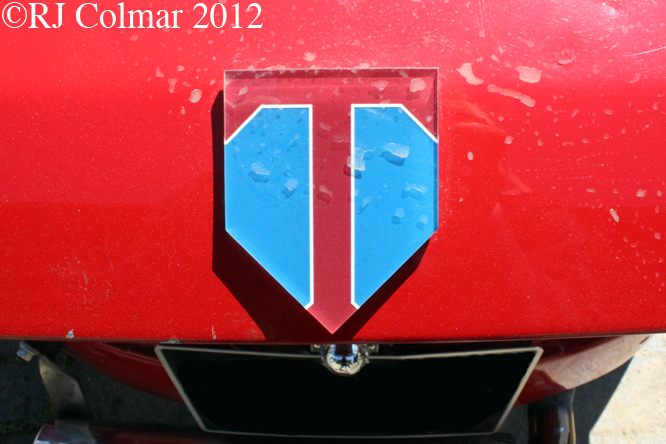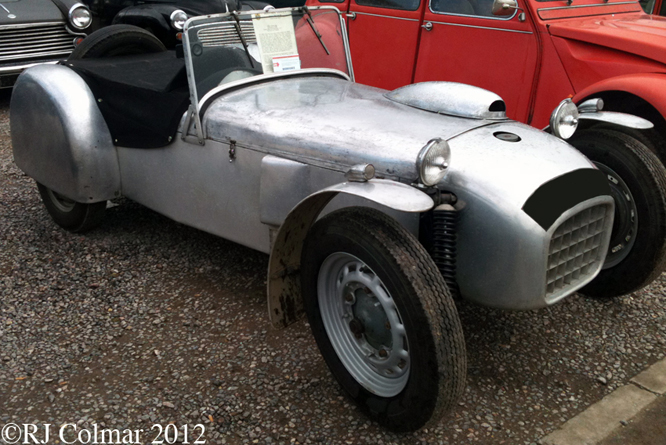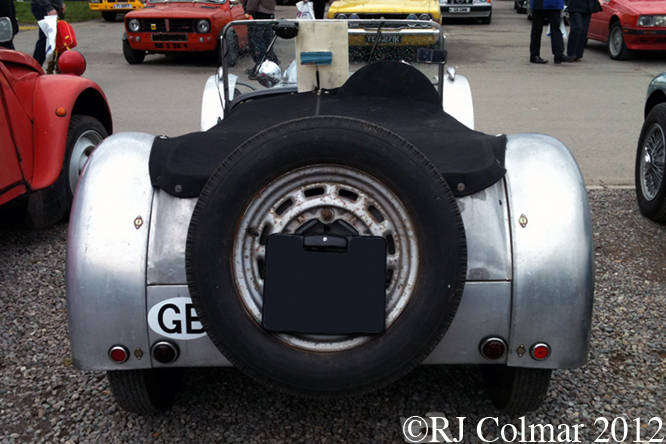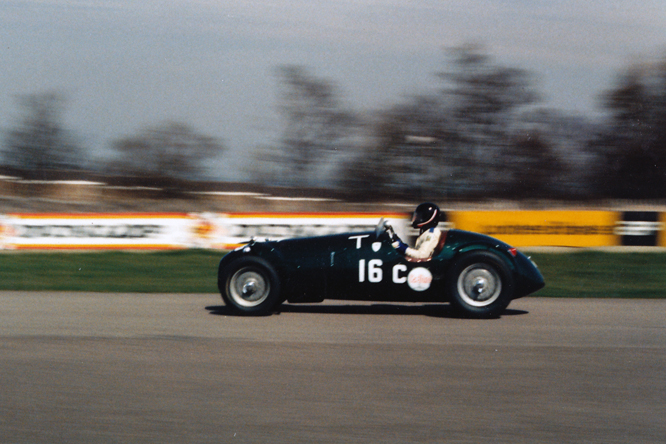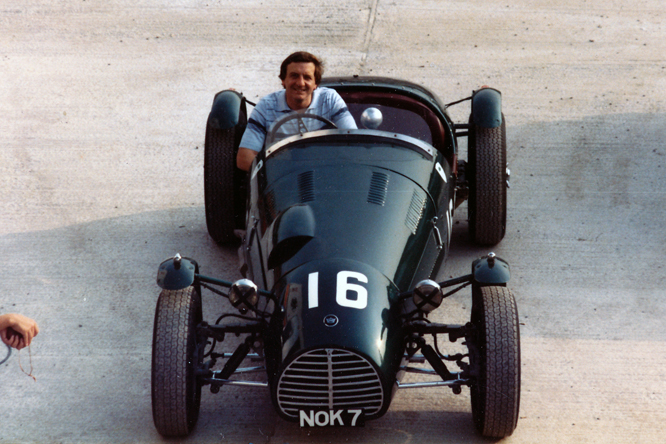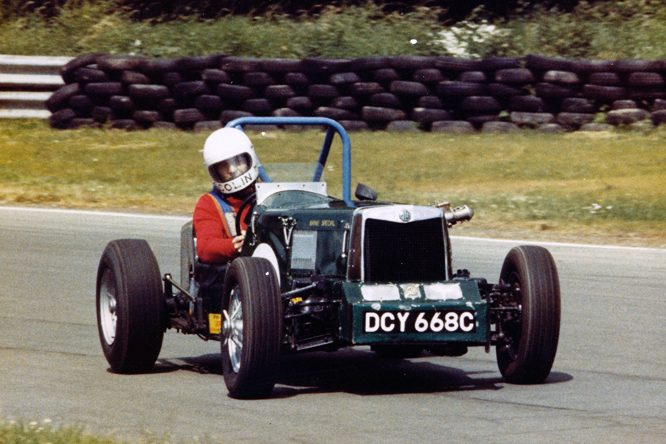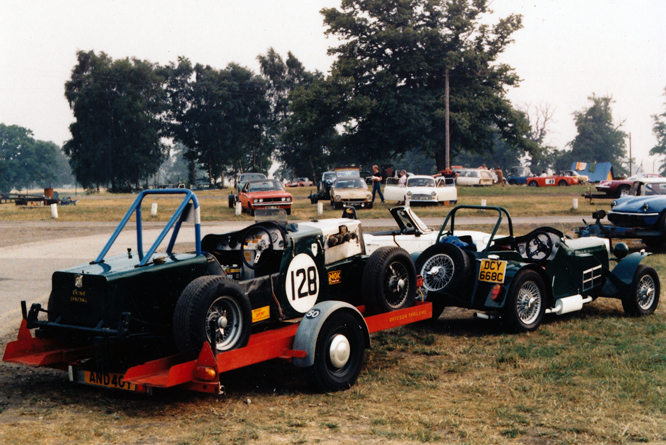A couple of months ago I set out to find who built an MG that will feature in tomorrow’s blog called the ‘Kayne Special’, see below. Thanks to some help from my friends paulg at the MG Car Club Forum, The Nostalgia Forum, Bob Allan and his friend Peter Croft in New Zealand I have learned that the Kayne Special was built by Colin Cooper and a couple of weeks ago Colin invited me to visit him and discuss his pursuit of speed.
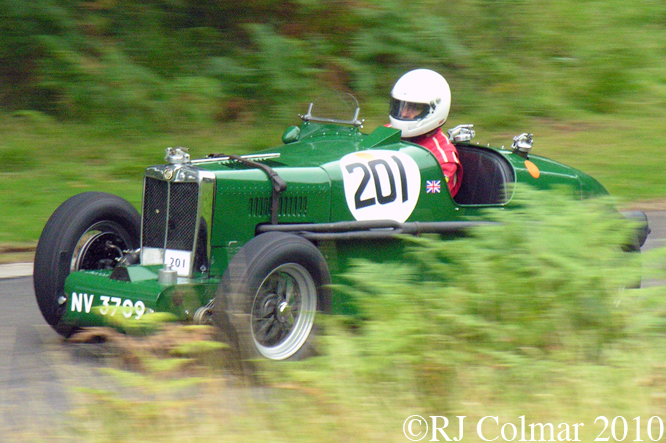
Colin Cooper hails from Bolton at 15 he and a school friend purchased an Austin Seven for £2 10s (£2.50) at auction. They drove the car home sans driving licence and between them they built up a special but could not afford to run it and sold it on.

Colin started driving legally when his Dad bought a 1955 Ford Popular in 1958 which was sold the following year. For his 20th Birthday Colins Mum bought him a £75 MG VA 4 seat tourer seen above around 1960 which seeded his affinity for MG’s.
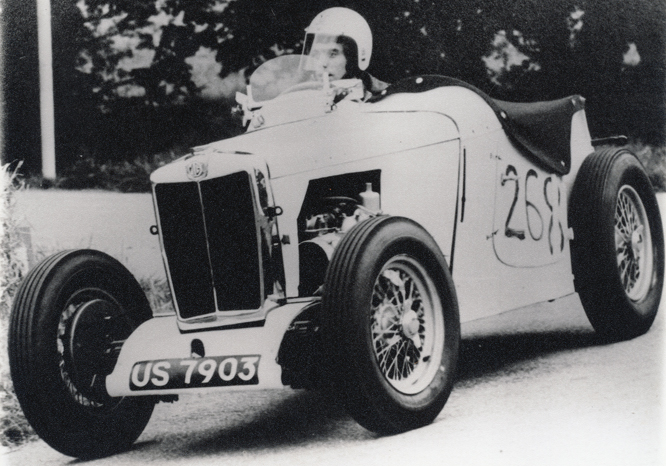
Colin’s interest in cars was primarily a hobby, with a few deals to ease the financial pain, in 1972 he started racing a 1934 MG PA shared with his friend Trevor which is seen above at Kinmel Park near Rhyll in Wales.
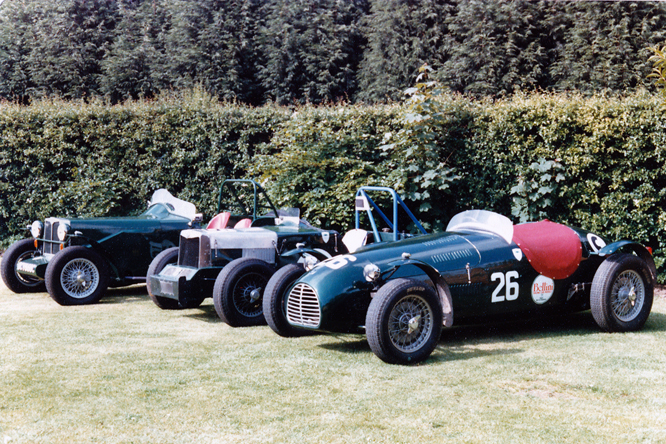
Having squirrelled various bits pieces away including an MG J2 chassis and MG PB motor Colin set about building the first, see to top photo, of what would be come three Kayne Specials built between 1973 and 1982. The name is derived from Kay, and Neil his children. Above on the left is the Kayne Special 3 in the middle the Kayne Special 2 and the Killeen K1 built by Tom Killeen in 1953 all 3 of these cars will be looked at in greater detail in the coming weeks Tuesday MG blogs.
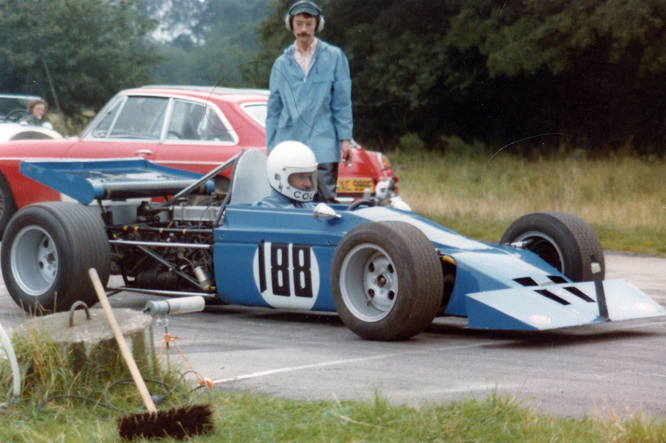
In between building and racing his three specials and racing the Kileen K1 Colin acquired, restored, raced and sold numerous fascinating vehicles including a bevy of Lotus 18’s of which the one above, seen at Curborough in 1977 featured some radical bodywork a standard Ford 1500 cc motor with a 4 speed Renault Dauphine gearbox.
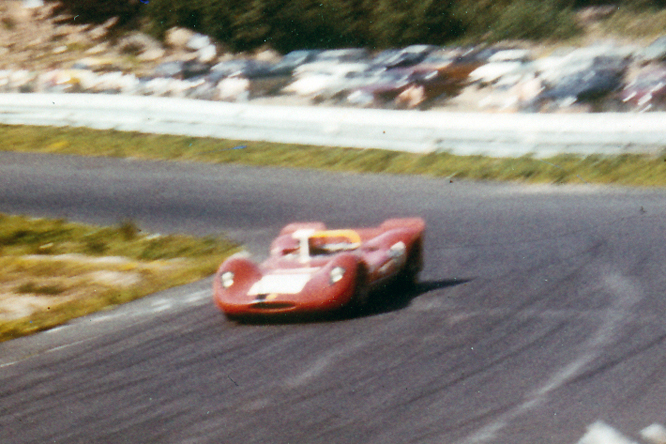
Some where around 1978 Colin acquired an Ex Targa Florio Daren Mk 2B one of only 8 Mk 2’s built, seen here at Longridge in Lancashire.

Photo Copyright Frank Hall 1985.
Frank Halls photo above taken in 1985 shows Colin competition career drawing to a close at Blackpool, where he drove a Mallock Mk III, one of many early Mallocks that Colin owned over the years.
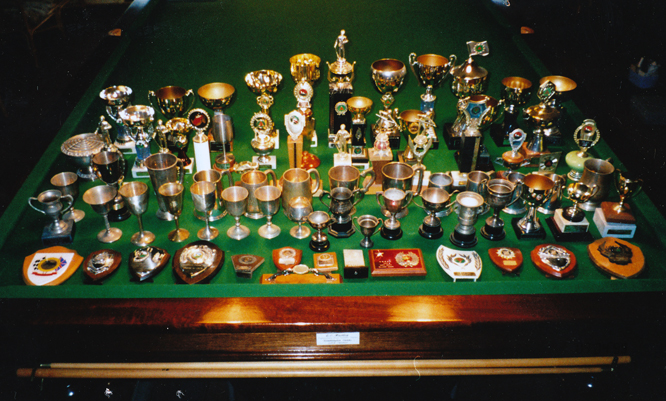
Above are some of the trophies Colin won over a span of 15 years in competitive driving, Colin is also a snooker champion, he still uses the same Joe Davis cue he was given on his 13th birthday.
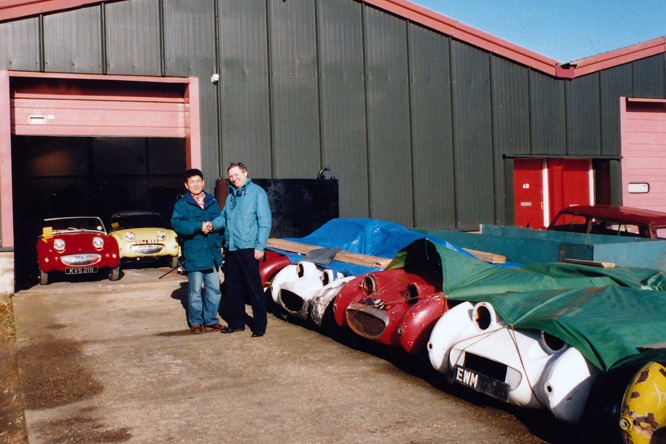
When Colin retired from his professional career he started a Frogeye restoration business called Central England Sports Cars in 1993, soon after setting up a Mr Ogawa seen on the left signed the first of several deals for batches of six restored Frogeye’s to be exported to Japan paying 50% upfront and the balance when the cars were ready for dispatch to the docks. The business declined with the stagnation of the Japanese economy in 1998 and became the Frogeye Spares Company which was sold in 2000 and is still going strong.
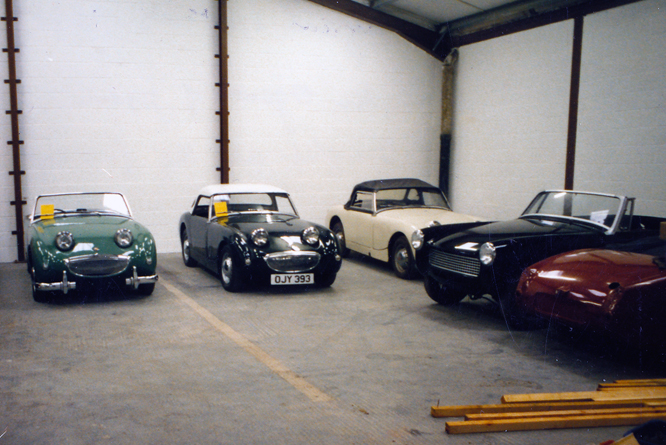
Before I left, Colin he asked if I could help track down the black Midget seen in the corner of the CESC workshop above. The car registered WHP 94S is still thought to be on the road, it is a MG Midget identifiable by a Sprite grill 1500 cc motor, rear anti tramp bars Frogeye Windscreen and hood with 9 lift of fasteners. Colin sold the car to a policeman for approximately £2000 and he believes the PC bought it for his sister. Colin would like to get in touch with the current owner if you can help please leave a message below, on my fb page or e-mail me direct infoATpsychoontyres.co.uk please type MIDGET in the subject box.
My thanks to Colin for generously giving me the time to discuss his fascinating story and cars, to paulg at the MGCC Forum, to everyone at The Nostalgia Forum, Bob Allan and Peter Croft who helped me find Colin. Thanks also to Tony Gallagher for putting me in touch with Chris Winstanley who kindly granted permission to use Frank Halls photograph.
Thanks for joining me on this Specials & Restorations edition of ‘Gettin’ a li’l psycho on tyres’, I hope you will join me again tomorrow when I’ll be taking a look at Colin’s first Kayne Special. Don’t forget to come back now !
24/04/12 Photo of Colin driving the Mallock at Blackpool added.


